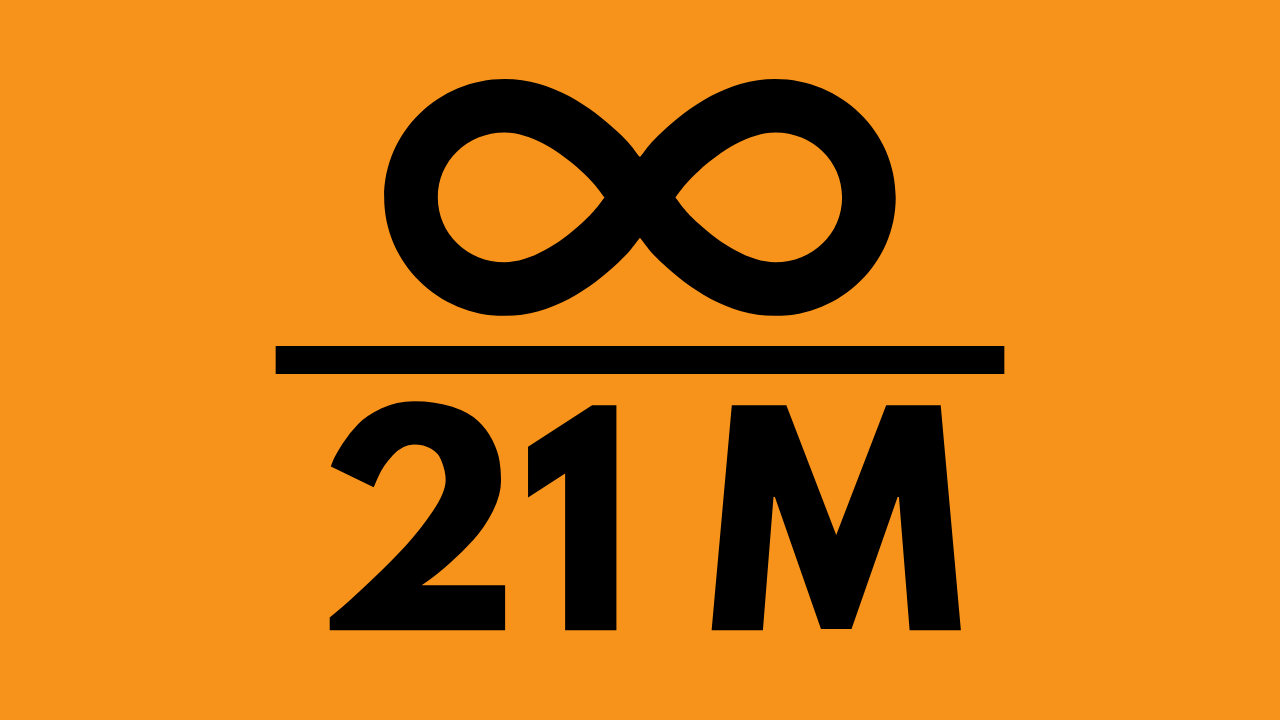Money Printing Exposed: Keynes, Inflation, and the Bitcoin Solution
In response to economic downturns, policymakers have often sought to increase government activity in the money and credit markets, turning to central banks to lower interest rates and expand the money supply. This view maintains that when individuals and businesses grow cautious and reduce their spending, authorities can counteract this by creating new currency and encouraging banks to issue more loans. By flooding the system with newly created funds, borrowing becomes less costly, credit expands, and consumption and investment activity are intended to rebound.
John Maynard Keynes was the most influential advocate of this approach during the 20th century, especially in the aftermath of the Great Depression. He argued that aggressive state action by injecting money, propping up banks, and lowering interest rates could “restart” economic engines that appeared to stall under uncertainty. The effects were expected to cascade through the economy, with each dollar of new spending creating even greater income and investment as it multiplied through repeated transactions. Only after this process unfolds do concerns about inflation arise, particularly as the ongoing expansion of money and credit threatens the long-term stability and purchasing power of currency.
However, this solution carries a fundamental weakness. When the government prints new money, more dollars and credit are put into circulation. This process, known as inflation, diminishes the purchasing power of every unit of currency and erodes the value of people’s savings. Additionally, it is most often done by a government or central bank institutions without the approval or will of the people who use the money. Fiat currency, unlike money backed by gold, silver, or other physical reserves, is rooted solely in trust, trust in the stability and credibility of the government and its financial system. Scarcity is not built into fiat, so its supply may expand at will; this lack of restraint means governments can unleash waves of new currency to cover debts, finance deficits or wars, or attempt to solve crises.
Evidence shows that the United States printed substantial new currency in 2025, partly to support economic activity and address global demand for dollars. The Federal Reserve ordered several billion new notes valued at more than $100 billion, and currency in circulation reached record highs. The forecast for 2026 calls for a similar approach, as recent interest rate cuts are expected to be combined with renewed efforts to inject liquidity, effectively, printing more money, into the financial system. This approach has worldwide consequences. Because the U.S. dollar is the leading reserve currency, money printing in America doesn’t just affect U.S. inflation but also sends ripples through international markets. As more dollars enter circulation, the currency may weaken and increase import prices abroad, impacting the cost of commodities, investment flows, and even debt repayments for foreign companies and governments that borrow in dollars.
When governments continuously expand the money supply, believing this will guarantee prosperity, they risk undermining saving, distorting asset prices, and fueling runaway inflation: outcomes that are increasingly visible around the globe. However, Keynes’s prescription for stabilization can cause much harm, especially when used as a perpetual remedy rather than a rare emergency measure. The relentless expansion of fiat money leaves economies vulnerable to currency debasement, eroding faith in both the system and the money itself.
Against this backdrop, Bitcoin stands out as a striking alternative. Unlike traditional fiat currency, Bitcoin is engineered with hard scarcity: only 21 million coins will ever exist, and there are no central authorities with the power to conjure more. This mathematical limit makes Bitcoin immune to inflation from overproduction. In uncertain times, as doubts about fiat money grow, more investors and savers are turning to Bitcoin to protect against the risks of endless monetary expansion. Bitcoin’s value depends not on faith in governments but on its transparent rules and robust network, which serve as safeguards against inflation and currency devaluation. As the flaws in money printing and Keynes’s vision become ever more visible, the appeal of a currency immune to state meddling and supply inflation grows stronger among those searching for stability and genuine stores of value.
Follow and Connect with the Author, Deanna Heikkinen
Connect with Deanna on X HERE
Buy her Bitcoin books for adults and children HERE
Learn about her Bitcoin Education organization HERE.
On Substack Deanna Heikkinen
About the Author
Deanna Heikkinen is an author, historian, and educator with over 15 years of experience in teaching. Holding a Doctorate in Education and Master’s degrees in both History and Anthropology, she brings deep academic insight and a love of storytelling to her exploration of world history, Western civilization, and the evolution of money. She co-authored, with her husband Joel, the 2004 book Shells to Satoshi: The Story of Money & The Rise of Bitcoin, which follows the development of money from ancient exchange systems to digital currency. Her 2025 book Ownschooling: Bitcoin, Sovereignty, and Educationencourages families to reimagine education, sovereignty, and financial literacy in an increasingly decentralized world. She is also developing a multi-level children’s book series that introduces the story of money, from cowrie shells to Bitcoin, to young readers.
As the founder of The Money Wisdom Project, a new nonprofit educational initiative, Deanna seeks to educate children and communities about the history of money and Bitcoin. The organization is working to create comprehensive curriculum packets on the history of money and Bitcoin to distribute free of charge to teachers, schools, communities, and Bitcoin circular economies. The project’s mission is to deepen financial and historical literacy while donating books on the history of money and Bitcoin to schools and public libraries worldwide, empowering learners of all ages to connect the lessons of history to today’s monetary systems.







